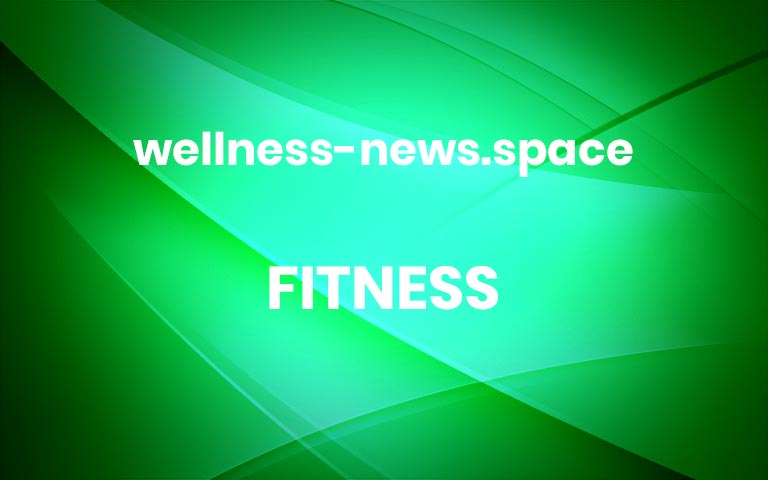adidas Running: Which Running Watches and Apps Work?
Did you know that the adidas Running app and adidas Training app support integration with various smartwatches and running watches and can sync to other apps? If we’ve lost you, then what we’re trying to say is: If you already have a smartwatch or running watch, then it may be compatible with the adidas fitness apps! In addition to smartwatches, you can also opt to share your activities in the adidas fitness apps with a few, select partner apps.
Which smartwatches and apps are compatible with the adidas Running app or adidas Training app? What apps should you download? Give our list a read to see which smartwatches and apps can be used.
Important:
This list is constantly updated to give our users the best experience possible. Thank you for your patience!
SMARTWATCHES
POLAR WATCH
The adidas Running app offers Polar integration. No need to run with your phone – easily sync activities tracked with your Polar GPS watch directly to the app!
Here’s how to connect your adidas account to your Polar running watch: Open the adidas Running app, click on the gear icon on the main screen, click “Partner Accounts” and click “Connect” in the Polar Flow section.
GARMIN CONNECT
Instead of bringing your phone with you during your activities, you can simply use your Garmin watch, and your workouts will be available in the adidas Running app for further analysis.
Here’s how to sync your adidas account with your Garmin watch: Open the adidas Running app, click on the gear icon on the main screen, click “Partner Accounts” and click “Connect” in the Garmin Connect section.
Within the adidas Running by Runtastic or adidas Training by Runtastic apps go to “Settings”. In the User Profile go to App Setting, then Partner Accounts, and select Garmin Connect. Once you have selected “Connect” you are directed to sign-in to your Garmin Account.
APPLE WATCH
The adidas Running app is also available for Apple Watch. If you have the app installed, you can leave your phone at home and track an activity with just your watch. Or, use your Apple Watch with your phone as a second screen. You can use the adidas Running app on a Series 1 Apple Watch (and newer). You’ll need at least iOS 13 (or higher) on your phone and watchOS 6 (or higher) on your watch in order to install the app on your Apple Watch.
Did you know? Apple Watch works with the adidas Training app, too.
WEAR OS BY GOOGLE
Android Wear is an operating system designed for wearable tech (such as smartwatches) – if your smartwatch is running Android Wear, then you’re ready to go with the adidas Running app. The smartwatch pairs to your Android phone running Android 4.4 or higher; you can even start a run by saying “Ok Google, start a run!” In addition to starting a run using voice commands, you can use your smartwatch to see key stats during a run, pause and stop your run with a tap of the screen and also view your post run analysis directly on your running watch.
You can also workout with your adidas Training app right on your Android Wear
SUUNTO
Do you have a Suunto Smartwatch? All the latest Suunto smartwatches (Suunto 3, Suunto 5, Suunto 7, and Suunto 9 as well as Suunto Spartan and Suunto Ambit) are compatible with the adidas Running app.
How to connect the adidas Running app with the Suunto app: Download the Suunto app on your phone, open it, and tap “Profile”. Then click on “Connect to other services”. Select adidas Running and enter your adidas Running login details to connect the two apps.
Apps
Apple Health (iPhone)
When you complete an activity with the adidas Running app and you are connected with Google Fit, Google Fit will also receive the activity data and then display information such as start time, duration, distance covered and calories burned. This information then forms part of your daily activity stats in Google Fit.
How to connect the adidas Running app with Google Fit: Open the adidas Running app, click on the gear icon on the main screen, click “Partner Accounts” and click “Connect” next to Google Fit.
Google Fit (Android)
When you complete an activity with the adidas Running app and you are connected with Google Fit, Google Fit will also receive the activity data and then display information such as start time, duration, distance covered and calories burned. This information then forms part of your daily activity stats in Google Fit.
How to connect adidas Runtastic with Google Fit: Open the adidas Running app, click on the gear icon on the main screen, click “Partner Accounts” and click “Connect” next to Google Fit.
ZWIFT
Zwift and the adidas Running app will take you into a virtual world – either on a stationary bike or a treadmill. Join virtual group events, races, or challenges for an additional dose of motivation.
How to connect the adidas Running app with Zwift: Log in to the Zwift Companion iOS or Android app and select the “Menu” button in the top-left corner. Select “Settings” and click “Connections”. Select “Connect” under the third-party site you wish to connect to and log in. Log in to your third-party account and authorize the connection.
Need more help? Check out this Zwift How-to Video.
KINOMAP
Play a sport with Kinomap and adidas Running! Run, ride, or row around the world virtually with thousands of videos and different levels. Challenge your community to a race and push your training to the next level!
How to connect the adidas Running app with Kinomap: Open the Kinomap app and select “Profile”. Click the “Settings” symbol, then tap “Share”. You will now be sent to the Kinomap website. Scroll down to the bottom of this page and select “adidas Running app”. Log in with your adidas account. Your Kinomap account is now connected with the adidas Running app and you can start working out right away.
Good to know:
Your data is only ever shared across different apps when you have linked your account and allowed sharing to happen.
Have fun with your next workout!
*** More



